SolarEdge Power Optimizers for C&I: More Power, Move Safety, More Visibility
Through technological innovations, solar has not only become more cost-effective, but it has also become accessible to more people in more places. The SolarEdge Power Optimizer is one of these key breakthroughs. Power Optimizers have revolutionized the way solar energy is harvested and managed in PV systems by enabling each module to produce its maximum energy, regardless of the performance of the other modules in the string. This technology also allows for improved safety starting at the module level and provides better visibility into the overall system performance.
What are Power Optimizers and how do they work?
SolarEdge Power Optimizers are DC/DC converters connected by installers to each solar module, effectively turning them into smart modules. They were developed by SolarEdge’s founders in order to solve the problem of module mismatch in PV systems. The five founders envisioned a device that could be attached to each solar module and, using Maximum Power Point Tracking algorithms, maximize the amount of power each module produces individually.
The Power Optimizers are connected to the modules and PV inverter, which is effectively the ‘brain’ of the solar energy system, responsible for managing PV production and grid interaction. In traditional string inverters without Power Optimizers, PV production is managed at the string level. Through Power Optimizers, PV production can be managed at the module level.
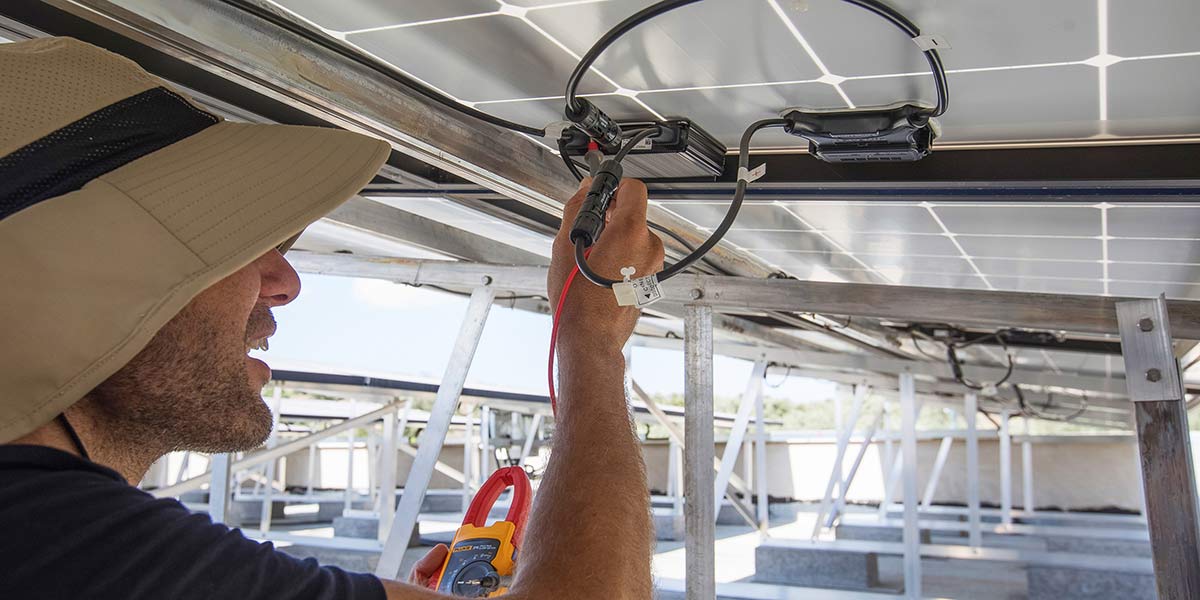
Also, in traditional string inverters without Power Optimizers, the power production of all modules is determined by the weakest performing solar module in that string. So, when one of your modules gets damaged or dirty, either the performance of all the modules drops, or the lower-performing modules may stop producing all together until the issue is resolved.
However, SolarEdge’s DC optimized inverter and Power Optimizer combination is different. Through the deployment of Power Optimizers, our commercial PV solution moves the management to the module instead of the string or inverter. SolarEdge Power Optimizers use Maximum Power Point Tracking technology (MPPT) to manage the power of each individual module so that each reaches its own maximum potential, regardless of the performance of the other modules.
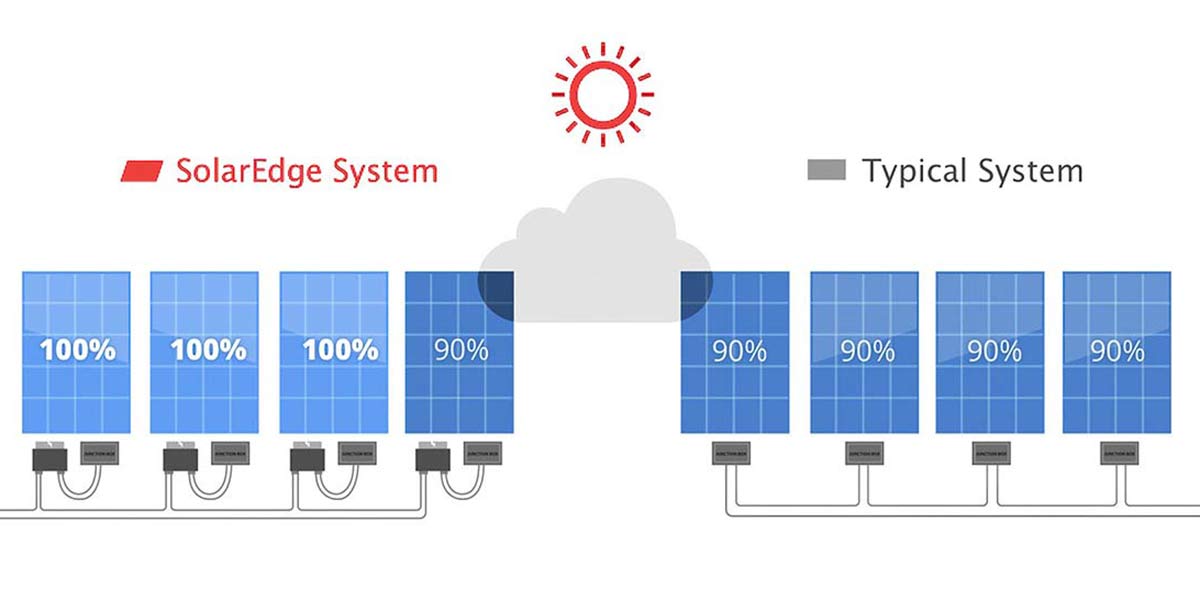
Since Power Optimizers enable each module to operate individually, SolarEdge’s commercial PV solutions offer more design flexibility in the system layout, making it possible for more locations to have a PV system. For example, modules can be installed vertically, horizontally, and on different facets of the roof. This also allows for more modules to be included in your PV system, meaning more energy is produced at a lower cost-per-watt in the long run.
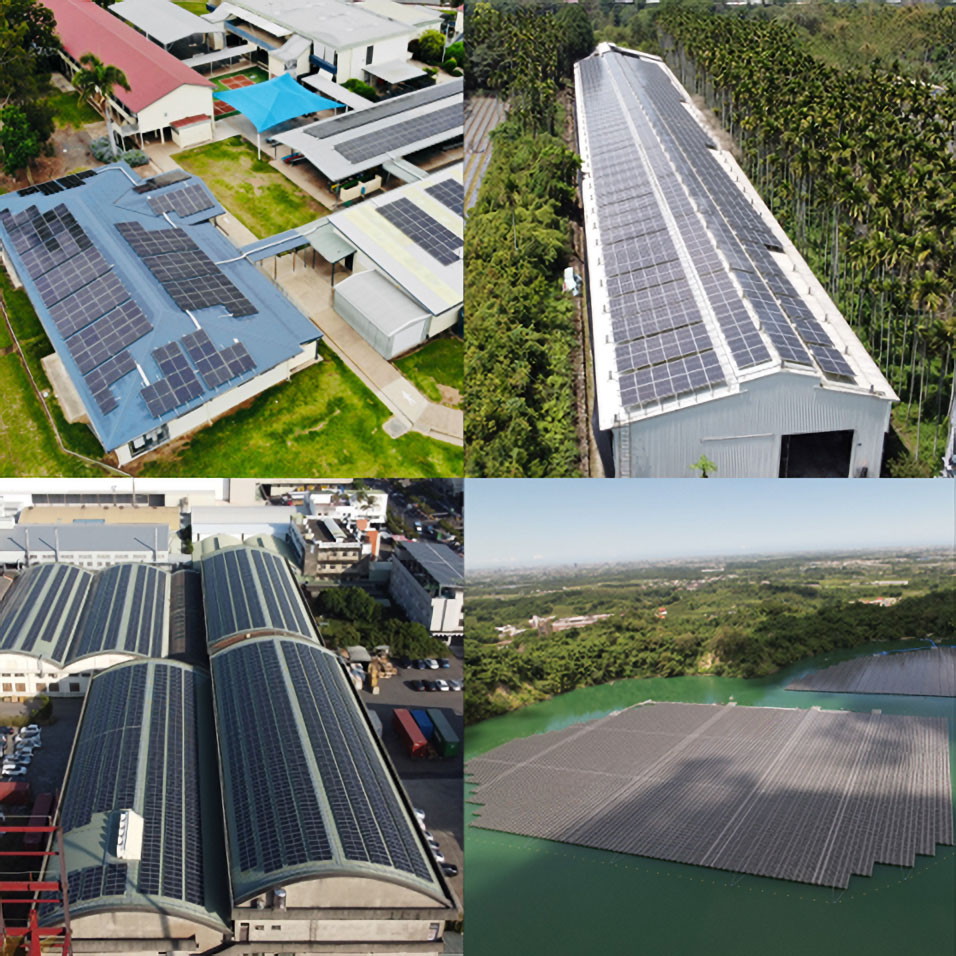
Multi-layer Safety Begins at the Module Level
Through Power Optimizers connected to each module, we have developed state-of-the-art PV safety technology. Our commercial safety feature suite is one of the most important reasons why PV installers around the world choose SolarEdge. While PV systems are generally safe, certain safety measures must be considered during installation and maintenance. But not all safety technology is created equal.
Traditional inverters have limited safety functionality. This is because as long as the sun is up, current is flowing through the DC cables, even when the inverter is shutdown. Therefore, in the event of a hazard, the roof is still unsafe for first responders.
Our suite of multilayer safety features is designed to keep your system safe during installation, maintenance, and emergencies, even when the sun is shining. And through our Power Optimizers, we can make implementation of the new IEC safety regulations more cost-effective.
All SolarEdge systems have a built-in SafeDCTM safety feature that automatically reduces the DC voltage to touch-safe levels and complies with some of the world’s highest safety standards, including the U.S. NEC 2017 rapid shutdown requirements, new IEC safety standards, and many more.
Other embedded safety suite features include arc fault detection and prevention to detect and mitigate the effects of electrical arcs, and built-in temperature monitoring to proactively monitor and detect faulty wiring at the module level.
These types of safety innovations offer benefits to all stakeholders. Firefighters can approach the roof without risk of electrocution. Maintenance personnel can perform physical inspections on the PV system.
The SolarEdge Monitoring Platform: Pinpoint Visibility Down to the Module Level
SolarEdge’s Monitoring Platform utilizes our Power Optimizers to offer complete data on any PV system down to the module, string, inverter, or system level. This enables immediate fault detection, real-time alerts, and comprehensive analysis that can ultimately reduce Operation and Maintenace (O&M) costs by making it possible to identify and resolve problems remotely. For system investors and managers, this means less time spent onsite for your service teams along with more system uptime. This is something that was not previously possible with traditional inverters. If one of your modules was not working properly, you had no way of knowing there was an issue.
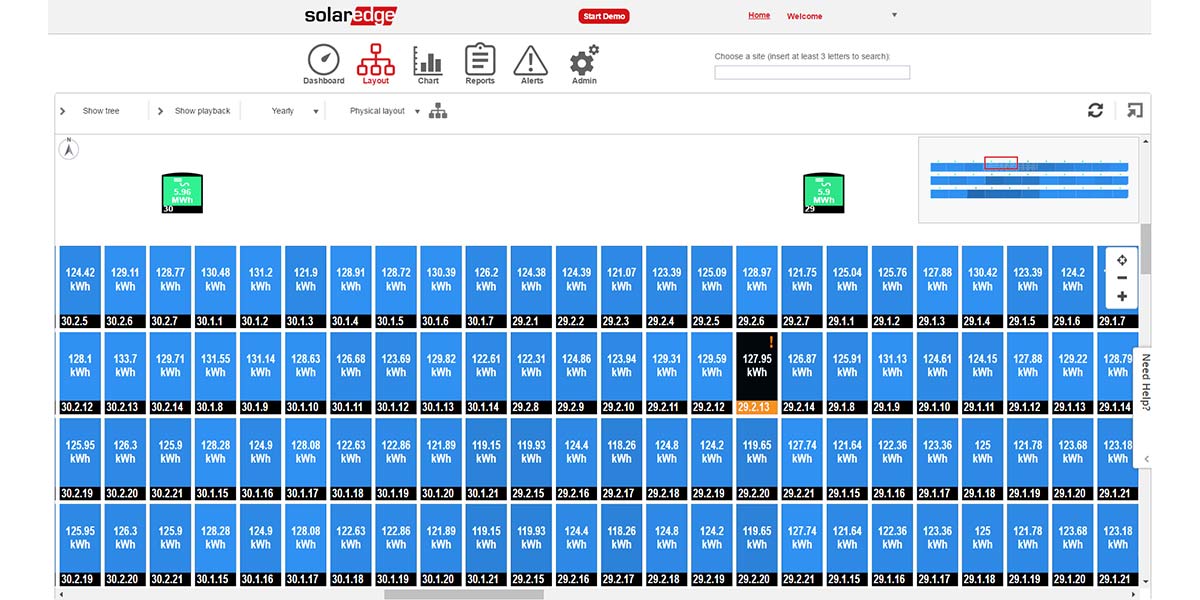
How to choose the right Optimizers for your business
Other types of optimizers offer partial optimization, meaning that they handle module-level mismatch with optimized energy production in shaded areas. However, partial optimization does not address other types of mismatch causes, such as cloud cover, soiling, or differences in module manufacturing tolerance. Consequently, they may product less energy than a full Power Optimizer solution. Other optimizers also do not have all of the same safety features embedded in the system.
For installers and developers, offering SolarEdge’s commercial DC optimized inverter and Power Optimizer means offering a PV solution that provides more value: increased system size, more peace-of-mind, better insights, faster payback time, and lower Levelized Cost of Energy.
Want to learn more about SolarEdge’s PV solutions?




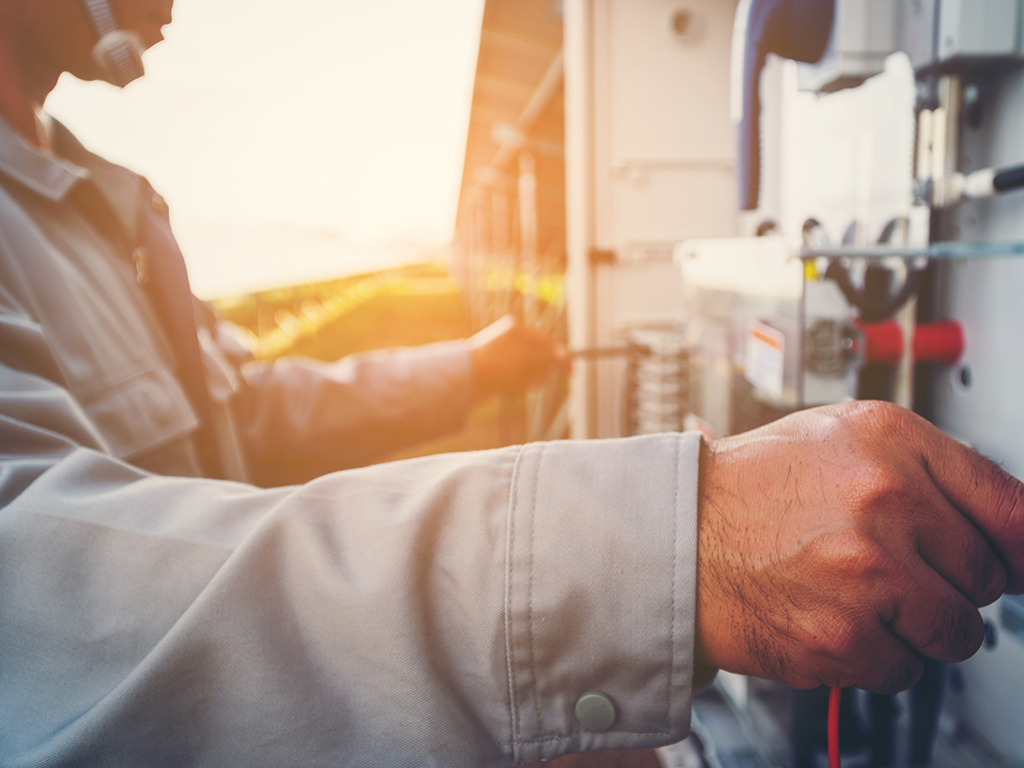
Adicionar novo comentário
Comments